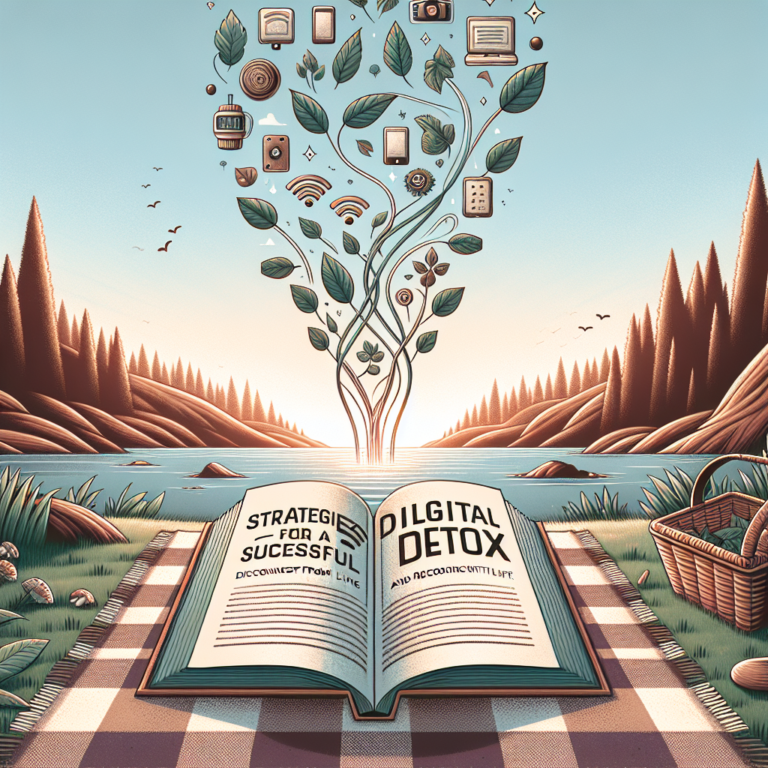In today’s digital age, we are constantly bombarded with notifications, emails, social media updates, and text messages. Our devices have become an integral part of our daily lives, and it can be difficult to imagine a day without them. However, this constant connection to technology can have negative impacts on our mental health and overall well-being.
One way to combat this over-reliance on technology is through a digital detox. A digital detox involves taking a break from all electronic devices and reconnecting with the world around us. By disconnecting from our devices, we can focus on mindfulness, self-care, and building meaningful relationships with others. Here are some strategies for a successful digital detox:
1. Set boundaries: Start by setting specific boundaries for your digital detox. Decide how long you want to disconnect for, whether it’s a few hours, a full day, or even a weekend. Let your friends and family know that you will be taking a break from your devices, so they can respect your boundaries.
2. Create a plan: Plan out activities that you can do during your digital detox. This could include going for a hike, reading a book, practicing yoga, or spending quality time with loved ones. By filling your time with meaningful activities, you will be less tempted to reach for your phone.
3. Turn off notifications: To fully disconnect, turn off all notifications on your devices. This will help reduce the urge to constantly check your phone for updates and messages. You can also put your phone on airplane mode or turn it off completely to avoid temptation.
4. Practice mindfulness: Use your digital detox as an opportunity to practice mindfulness and be present in the moment. Take deep breaths, observe your surroundings, and engage in activities that bring you joy and relaxation. Mindfulness can help reduce stress and improve your overall mental well-being.
5. Engage in self-care: Take time to care for yourself during your digital detox. Practice self-care activities such as meditating, journaling, taking a bubble bath, or indulging in your favorite hobbies. Self-care is crucial for maintaining a healthy work-life balance and reducing burnout.
6. Build real connections: Use your digital detox as a chance to connect with others in person. Plan a coffee date with a friend, have a family game night, or attend a community event. Building real connections with others can help foster a sense of belonging and fulfillment.
In conclusion, a digital detox can be a powerful tool for recharging and reconnecting with life. By setting boundaries, creating a plan, turning off notifications, practicing mindfulness, engaging in self-care, and building real connections, you can have a successful digital detox experience. Take the time to disconnect from your devices and reconnect with the world around you – you may be surprised at how refreshing and rejuvenating it can be.










